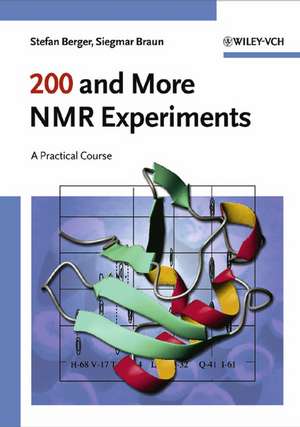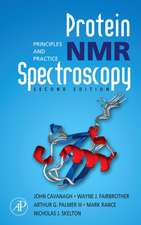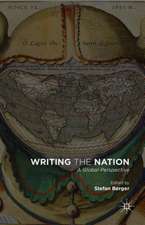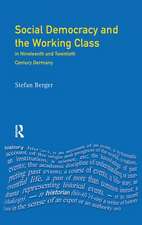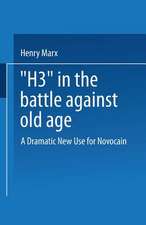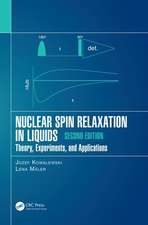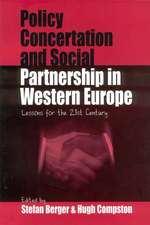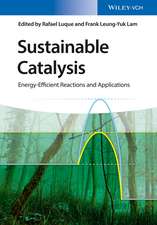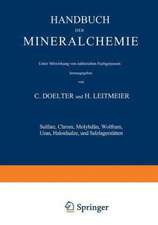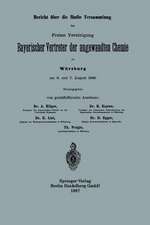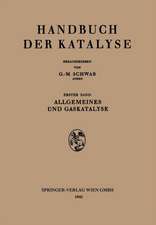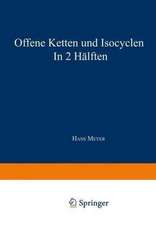200 and More NMR Experiments – A Practical Course
Autor S. Bergeren Limba Engleză Paperback – 10 iun 2004
This work-book will guide you safely, in step-by-step descriptions, through every detail of the NMR experiments within, beginning with 1D routine experiments and ending with a series of advanced 3D experiments on a protein: Which experiment can best yield the desired information? How must the chosen experiment be performed? How does one read the required information from the spectrum? How does this particular pulse sequence work? Which other experiments give similar information? This third edition of the book, following its two highly successful predecessors, has been revised and expanded to 206 experiments. They are organized in 15 chapters, covering test procedures and routine spectra, variable temperature measurements, the use of auxiliary reagents, 1D multipulse experiments, spectra of heteronuclides, and the application of selective pulses. The second and third dimensions are introduced using pulsed field gradients, and experiments on solid state materials are described.
A key part describes 3D experiments on the protein ubiquitin with 76 amino acids. What is new in this third edition? 1. 24 new experiments have been inserted into the 14 chapters that were in the 2nd edition, e.g., alpha/beta-SELINCOR-TOCSY, WET, DOSY, ct-COSY, HMSC, HSQC with adiabatic pulses, HETLOC.
J-resolved HMBC, (1,1)- and (1,n)-ADEQUATE, STD, REDOR, and HR-MAS. 2. 20 new protein NMR experiments have been specially devised and are collected in the newly added Chapter 15, ProteinNMR, for which one needs a special model sample: fully 13C- and 15N-labeled human ubiquitin.
Techniques used include the constant time principle, the PEP method, filters, gradient selection, and the echo/anti-echo procedure. The guide has been written by experts in this field, following the principle of learning by doing: all the experiments have been specially performed for this book, exactly as described and shown in the spectra that are reproduced. Being a reference source and work-book for the NMR laboratory as well as a textbook, it is a must for every scientist working with NMR, as well as for students preparing for their laboratory courses
Preț: 581.18 lei
Preț vechi: 675.78 lei
-14% Nou
111.22€ • 115.69$ • 91.82£
Carte disponibilă
Livrare economică 25 martie-08 aprilie
Livrare express 08-14 martie pentru 76.25 lei
Specificații
ISBN-10: 3527310673
Pagini: 854
Ilustrații: 200 illus., 50 tabs.
Dimensiuni: 172 x 243 x 47 mm
Greutate: 1.64 kg
Ediția:2nd expanded edition, reprinted.
Editura: Wiley Vch
Locul publicării:Weinheim, Germany
